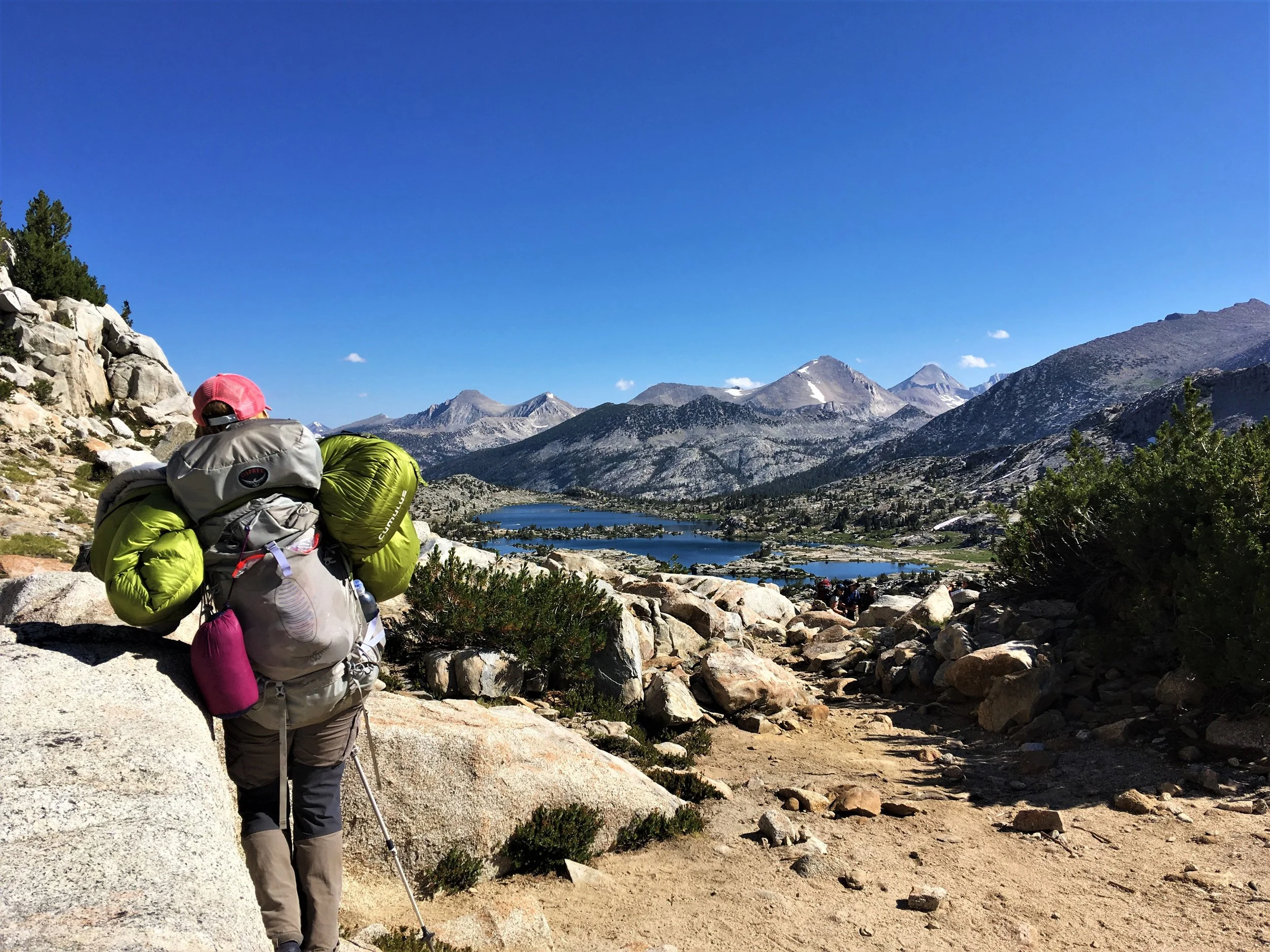JMT Trail Profile:
Trail: John Muir Trail
Where: Sierra Nevada, California, USA
Distance: 340 km (211 miles) Yosemite Valley-Mt Whitney
Days on Trail: 21 (2 zero days)
Grade: Hard
Optimal Season: July-August
Resupplies: 2 (Vermillon Valley Resort & Onion Valley/Independence)
The trail in a nutshell: The JMT is known as the world’s most beautiful hiking trail for a reason. Every single step is postcard-material. Not once will you crawl into your sleeping bag and think “Today was kinda boring”. You will experience some of the most stunning natural landscapes in the world: pristine mountain lakes, incredible 360 degree views of High Sierra peaks, crooked forest of Ponderosa pines and Douglas firs, and perhaps best of all; forget the weather forecast, you are in California now! Sure, carry some rain gear to ease the guilt, but you won’t really need it – buckle up for three weeks of splendid sunshine! I doubt I will ever hike another trail of such exceptional beauty from start to finish, and less than a year after completing the hike I already want to do it again.
However. I remember thinking after a couple of days on the trail “I never hiked before this”. The JMT is indeed heart-stoppingly gorgeous, but it is also incredibly challenging. Of 19 days spent on the trail I think I walked level for about 10 minutes across the Bighorn Plateau on day 18. Every single day follows a constant seismographic pattern; you are either going up or down. Save some meandering in LeConte Canyon, you will find yourself wanting to chop of your thighs (going up) or your knees (going down). The never-ending climbing and descending will push you to your limits. The JMT is not a hike to be attempted without extensive training beforehand. I was 22 when I did the JMT, had just finished 6 weeks of intensive horse riding and farmwork – and still I struggled.
Despite warm temperatures during the day, it often gets cold at night. My Cumulus +2C comfort temp sleeping bag was too cold several nights, even when paired with a fleece beanie and down jacket. Nights are especially cold at higher altitudes, such as below the passes (Rae lakes etc). Day temperatures mostly range from 23-30 degrees, so carry electrolytes to compensate for excessive sweating.
However, I found the biggest challenge to be the altitude. After you leave Yosemite Valley, you will not find yourself beneath 2800 m anytime soon. The 9 mountain passes on the trail (10 if you resupply in Onion Valley) range from 3200-4000m, climbing Mt Whitney takes you to over 4400m. Many hikers experience altitude sickness, most notably at night. Low oxygen levels make the climbs up to the passes and Mt Whitney very slow going, and blowing up your Thermarest pad feels like drowning. Acclimatisation is essential, spend at least two nights at altitudes of 2500+m (around 8500 feet, preferably more), and carry Diamox if you know you are prone to altitude sickness. Educate yourself on HAPE and HACE so you can minimise serious health risks.



